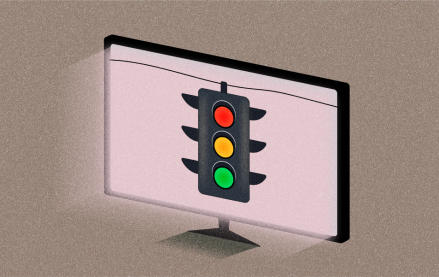
The adblockalypse has begun.
Just one day after Apple released iOS 9 into the wild, users are flocking to the App Store and downloading adblockers. According to AppAnnie.com, three of the top five paid apps are adblockers — meaning people are paying from 99 cents to $2.99 a download.
Taking the top slot is Peace for $2.99, built by Instapaper creator Marco Arment, who was fed up with how many trackers are loaded on to the Web. So, he writes, Peace aims to “bring peace, quiet, privacy.”
As for the other apps, Purify Blocker is settling into third place, Crystal is in fourth and Blockr placed at 13th place. Three of the apps, except Purify Blocker, rank in the top three slots in the Utilities category, too.

For publishers, this looks like bad news since they rely on advertising to create the free content people crave, as well as the shows people are willing to pay for this.
EMarketer forecasts that mobile ad revenue will top $68 billion and the number of smartphone owners will surpass 2 billion next year, so even blocking a fraction of that could be detrimental to a media company’s already fragile bottom line.
Still, downloads of iOS 9 — the first Apple operating system to let people block ads — are only at 11 percent. That’s “way below” the initial adoption rates of iOS 8 and iOS 7, CNet reports. Yesterday’s release was plagued with problems possibly delaying people’s downloads.
Judging by the numbers, publishers should consider this as a head start.
Image via Shutterstock
More in Media

What publishers are wishing for this holiday season: End AI scraping and determine AI-powered audience value
Publishers want a fair, structured, regulated AI environment and they also want to define what the next decade of audience metrics looks like.

Media giant Essence launches a marketplace for Black women-led brands
Essence has launched WeLoveUs.shop, a new online marketplace dedicated to Black women-led brands.

In Graphic Detail: The state of AI referral traffic in 2025
The stats reveal a new audience pipeline forming outside of traditional search and social platforms.





